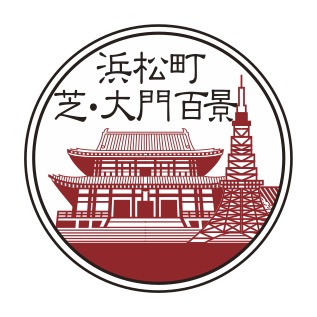It's Going to Be Open Again in 2022! Receiving Power of Luck from the Annual New Year's "Minato Shichifukujin (Seven Lucky Gods) Meguri" (Second Half)
The annual "Minato Shichifukujin Meguri" will be held from the 1st to the 10th of January, 2022. This event tours around 6 shrines and 2 temples in Minato Ward during the Hatsumoude season. In our last article, we walked through the first half of the model route and showed you the Hojuin, Kumano Shrine, and the Juban Inari Shrine. In this latter half, we will visit the 5 other spots. Also, at the end of the article will be illustrations of each temple/shrine by the Hamamatsucho/Shiba/Marching Committee, which promotes the city. Don't miss it!
[The first part of the article is here]
Reiwa will be held for 4 years! Let's enjoy the benefit power in the new year's annual "Minato Shichifukujin Meguri" (Part 1) https://visit-minato-city.tokyo/ja-jp/articles/447
Reiwa will be held for 4 years! Let's enjoy the benefit power in the new year's annual "Minato Shichifukujin Meguri" (Part 1) https://visit-minato-city.tokyo/ja-jp/articles/447
Daihoji, where you can meet the superpower, Daikokuten-sama.
Let's recheck our route. After exiting Juban Inari Shrine, we are now at Azabu Juban Shopping District. Next, we walk the Daikokuzaka that extends West of Patio Juban.
Citation from the Official website of "Minato Shichifukujin Meguri"
Daihoji, situated alongside Daikokuzaka, is called by the locals as the "Daikokus-sama of the Lone Pine Tree". This temple, which was founded in 1597, was called Akamondera during the Edo period and was known for luck of fortune.
Here, the Sanjingusoku Daikokuten-sama is enshrined. "Sanjingusoku" means one entity of god holding merit and virtue of three gods. The Daikokuten-sama in Daihoji holds the merit and virtue of Bishamonten and Benzaiten as well, a god with superpowers.
Daikokuten-sama is only disclosed during the Minato Shichifukujin Meguri and the Day of Koshi, so we weren't able to have a look, but we wished for its good luck and benefits.
Also, what gets our attention in this temple are the silky chickens. It seems that there is no special relationship with the history of the temple, but they are popular among the children who stop by the temple as they go home from school. Each of the chickens' moves is very cute.
Feeling the "City of slopes" and to the "Azabu Hikawa Shrine", where the Rashamonten awaits.
After walking to the top of Daikokuzaka, there is a signpost of "Daikokuzaka" and where its name is derived from. On the other hand, there is another signpost ahead that says "Ipponmatsuzaka", and another one across the road that says "Kurayamizaka"…
Yes, this place is where three slopes intersect. There are many slopes that retain the remnants of history. Minato Ward was once called "The city of slopes". Here you can walk around and experience a different part of the history of the city.
After walking for around 5 minutes from Daihoji, we arrive at "Azabu Hikawa Shrine (Rashamonten)". It was built in Tenkei 5 (938) when Minamoto-no-Yoshitsune went to invade the East. Also, it is said in the Bumei Era (1469~1486), Doka Ota solicited the shrine. The shrine is one of the 7 Edo Hikawa Shrines, with the Akasaka Hikawa Shrine also close by. It has earned worship from the locals as the main protector of the Azabu area.
From the shrine that is built on the hill of Motoazabu, one was able to see Mount Fuji in the Edo Period. It was heavily worshipped by the Tokugawa Shogunate, and many Shoguns including the Fifth Shogun Tsunayoshi visited there after hawk hunting. Also, it is famous to "Sailor Moon" Anime fans, as the shrine is modeled as the home of Sailor Mars, or Rei Hino. It has become a "holy place" of the anime.
After walking through the Torii Gates, there is a Mikoshi storage on the right where the Azabu Hikawa Oomikoshi sleeps. It will be used in the Reidai festival next September, after being dormant for 90 years. On the left, there is the main shrine with scarlet pillars and the Inari shrine, a historical place for the Sendai Domain.
The Jurojin, "Sakurada Shrine", where many Shinsengumi fans visit
To the next stop, "Sakurada Shrine (Jurojin)", if you look at the map, it seems as if going through the residential area would be a shortcut. However, according to the Daihoji monks, "The residential area has a lot of ups and downs, and many people get lost. Therefore, sticking with the model route is recommended." On the other hand, the Arisugawa Memorial Park is 5 minutes away from Azabu Hikawa Shrine. You could choose to take a small break in the park.
After going around the perimeters of Motoazabu where many foreign embassies are situated, we get to Roppongi. The grand Roppongi Hills Mori Tower can be seen. And after a 15-minute walk from Azabu Hikawa Shrine, we arrive at the Sakurada Shrine.
The shrine was built in 1180 in what is now Kasumigaseki by the order of Minamoto-no-Yoritomo.In Kanei 1 (1624), when Ieyasu Tokugawa entered the Shogunate, the shrine moved to its current spot. The Jurojin is enshrined in the Fukuju Inari Building in the shrine and is disclosed every year from the 1st to the 8th of January.
The shrine had deep relations with Shinsengumi Ichibantai Captain, Soji Okita. Okita was born in the country of Mutsu as a son of a Shirakawa Domain soldier. He was born in the Edo Shoirakawa Domain House in the back of the shrine, and his first shrine visit was also at Sakurada Shrine.
By the way, we noticed right as we exited the shrine, but it seemed like the Koma-inus looked handsome, just like Okita. And you can also see the collaboration scenery of the sky-high Roppongi Hills and the Torii gate. It is a Minato-exclusive view, and we get to the next spot.
Visiting Fukurokuju of the Tenso Shrine and Hoteison of the Hisakuni Shrine, and achieving Minato Shichifukujin Meguri!
2 more places are left in the Minato Shichifukujin Meguri. Our next destination, "Tenso Shrine (Fukurokuju)" is approximately 15 minutes walking distance. We walked through the lively Roppongi Dori with the Roppongi Hills on the right. After taking a left at the Roppongi intersection, we go into the Ryudocho Art Museum Dori. After 2 minutes, we arrive at a solemn shrine with a white Torii gate.
Tenso Shrine was built in the Nambokucho Period in 1384. As it is derived from the "Ryuto" from Chinese history, the shrine is also called "Ryudo Jinmeigu". The surrounding area is also called "Ryudocho".
Every year from New Year's day to the Coming of Age Day, the holy statue of Fukutrokuju-sama is disclosed. In Reiwa 3, the building was reconstructed. The nightmare-eating monkey, the shishi lions that ward of evil, and the dragon, which has close ties with the Tenso Shrine, all are designed in the new building. The opening of the Shrine would be a special moment indeed.
Here, Ema tablets with Shichifukujin drawings are also popular. Another characteristic of the shrine is the "Roppongi 777Mikuji", which is in 10 colors including gold.
Our last destination is the 8th spot, "Hisakuni Shrine (Hoteison)".
It is around 15 minutes by walk from Tenso Shrine. Hisakuni Shrine is one lane in the back of Roppongi Dori. There are no certain records, but the shrine was said to be built in what is now the Imperial Palace. By Dokan Ota's solicitation, it moved to Tameike and to its current location in the mid-Edo Period.
The quote on the front building of Hisakuni Shrine is said to be from Kaishu Katsu. You can feel a strong atmosphere from the building covered in green from both sides. In the building next to the front building, there is the statue of Hoteison-sama, smiling. After our last visit, we are finished with Minato Shichifukujin Meguri!
Even though we started in the morning, we finished right before sunset. As we felt relaxed by the comical expressions of the Komainu, we went home with a sense of fulfillment, having visited all spots.
Minato Shichifukujin in illustrations
At the end of the article, let me introduce some scenery illustrations of Minato Shichifukujin by the Hamamatsucho/Shiba/Marching Committee.
Hojuin (Benzaiten)
Iikura Kumano Shrine (Ebisu)
Juban Inari Shrine (Treasure Ship)
Eikyuzan Daihoji (Daikokuten)
Azabu Hikawa Shrine (Bishamonten)
Sakurada Shrine (Jurojin)
Tenso Shrine (Fukurokuju)
Hisakuni Shrine (Hoteison)
The temples and shrines we've walked through have a different flavor when viewed through a refreshing painting. The illustrations of popular spots of Minato Ward by the Hamamatsucho/Shiba/Marching Committee can be seen at the "Zojoji Kaikan", which is on the left-hand side of the temple, and also at "Sarashina Nunoya", a traditional soba restaurant in Shiba-Daimon. Why not stop by and take a look at them when you visit?
Minato Shichifukujin Meguri will be held from the 1st to the 10th of January in 2022. We will be waiting for you and your family and friends in the early Spring, using "A Shichifukujin Meguri that will want you to make detours" as a starting point.
Minato Shichifukujin Meguri will be held from the 1st to the 10th of January in 2022. We will be waiting for you and your family and friends in the early Spring, using "A Shichifukujin Meguri that will want you to make detours" as a starting point.
For more information on the Hamamatsucho/Shiba/Marching Committee, click on the link below.
http://www.konicaminolta.jp/pr/machi/
To purchase original goods using Shichifukujin illustrations, contact
Kinkos Shiodome Branch (1-6-3 Higashi-Shimbashi, Minato Ward, Shiodome Tower B2F, TEL: 03-6215-8550)
Official website of "Minato Shichifukujin Meguri"
https://www.minatoshichifukujin.org
http://www.konicaminolta.jp/pr/machi/
To purchase original goods using Shichifukujin illustrations, contact
Kinkos Shiodome Branch (1-6-3 Higashi-Shimbashi, Minato Ward, Shiodome Tower B2F, TEL: 03-6215-8550)
Official website of "Minato Shichifukujin Meguri"
https://www.minatoshichifukujin.org





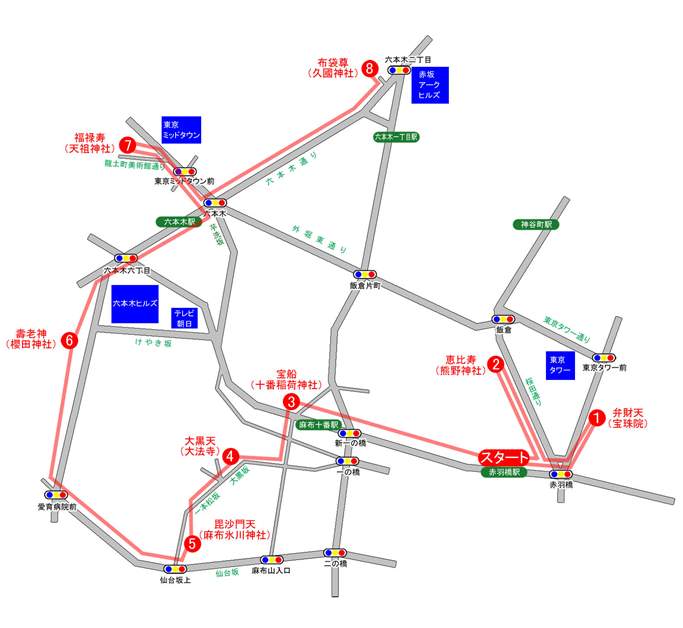
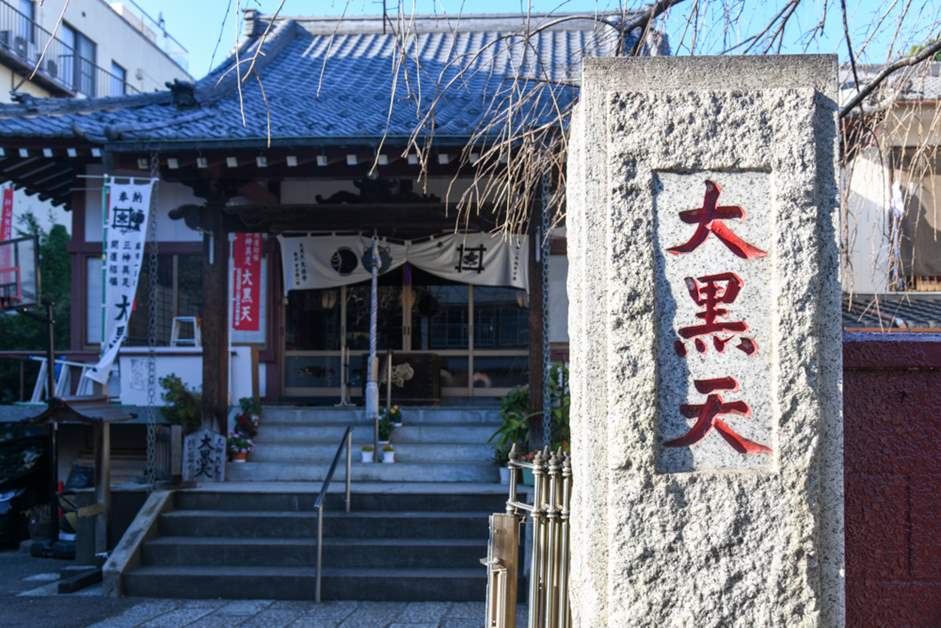
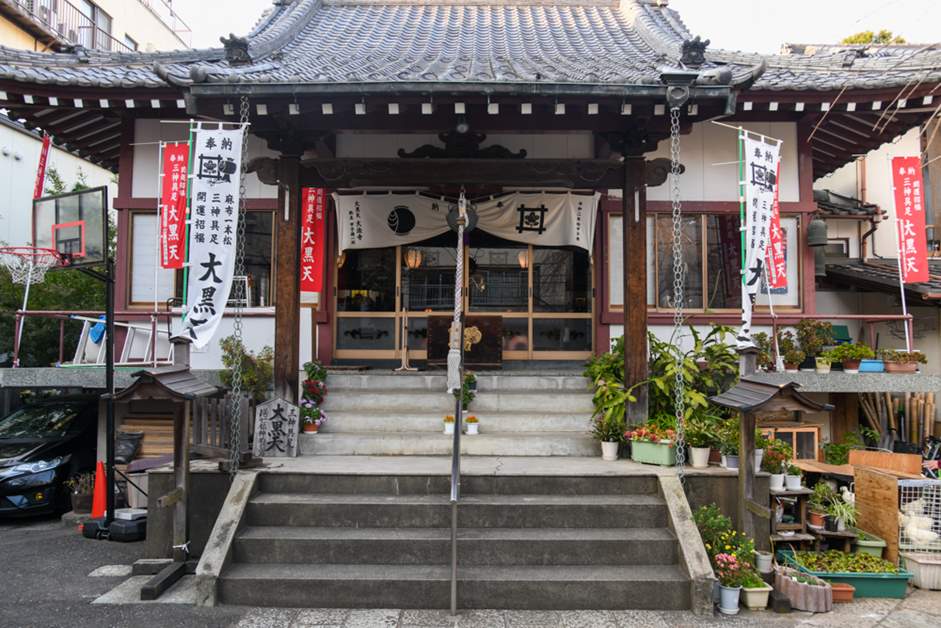
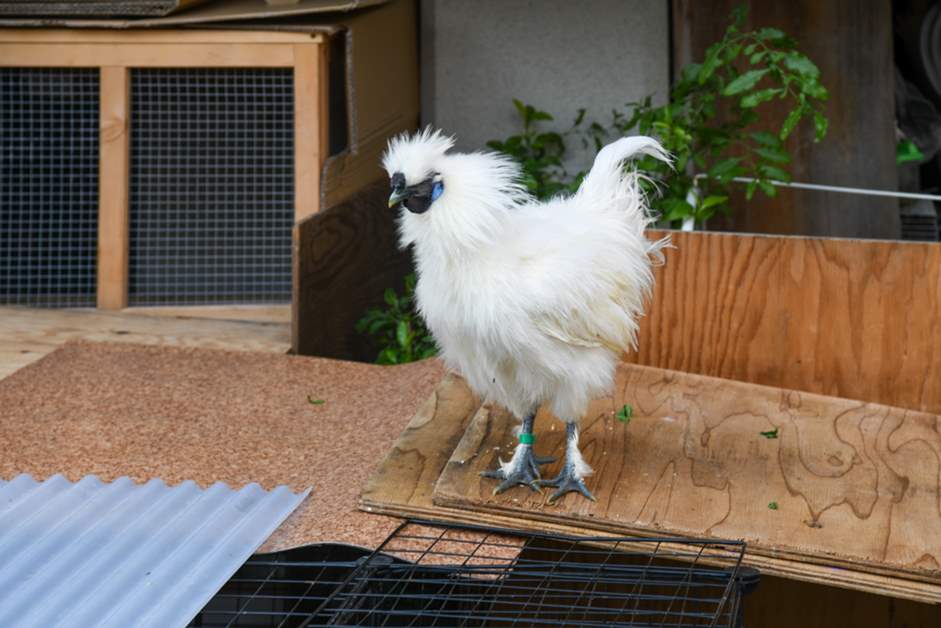

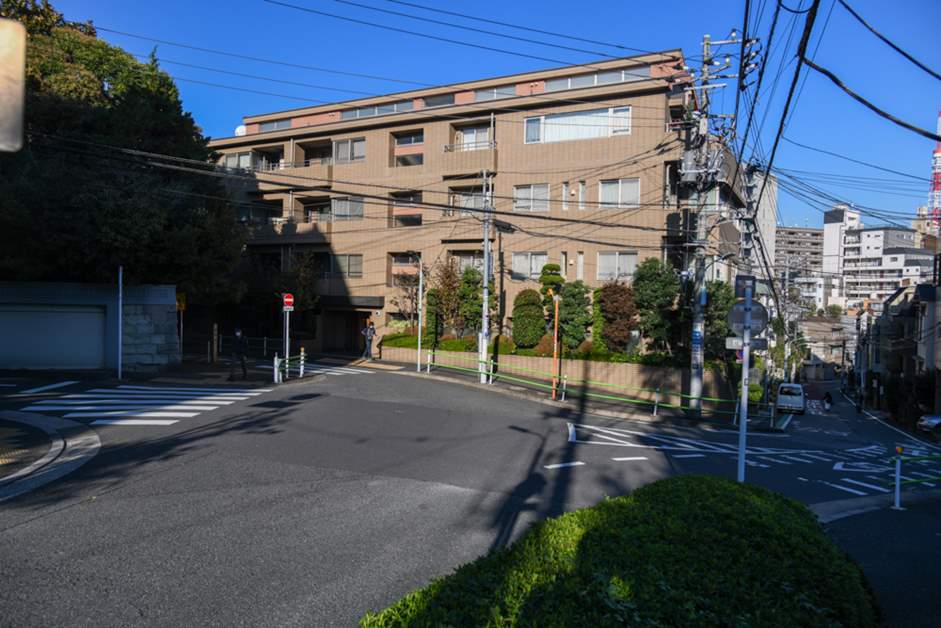
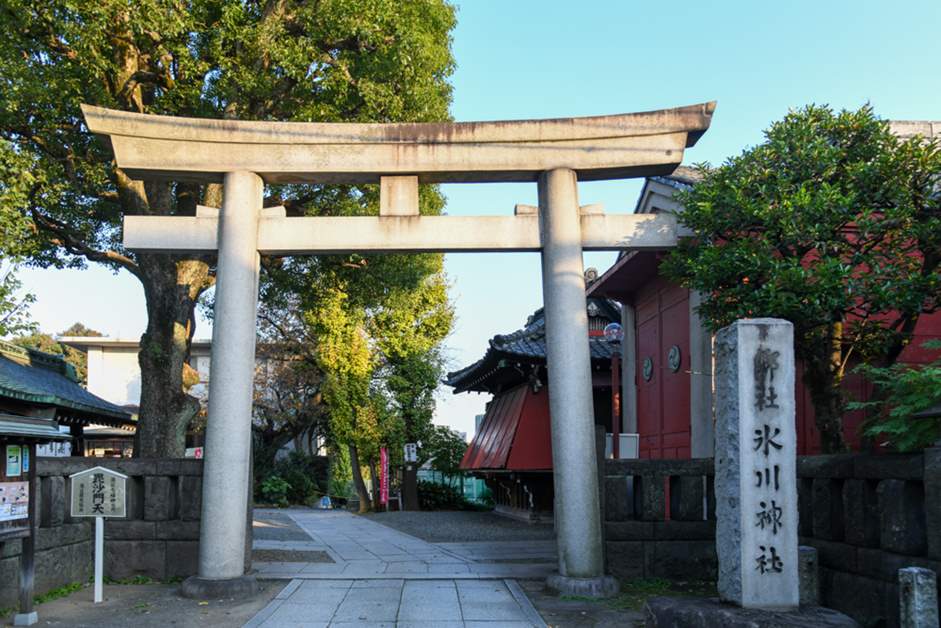
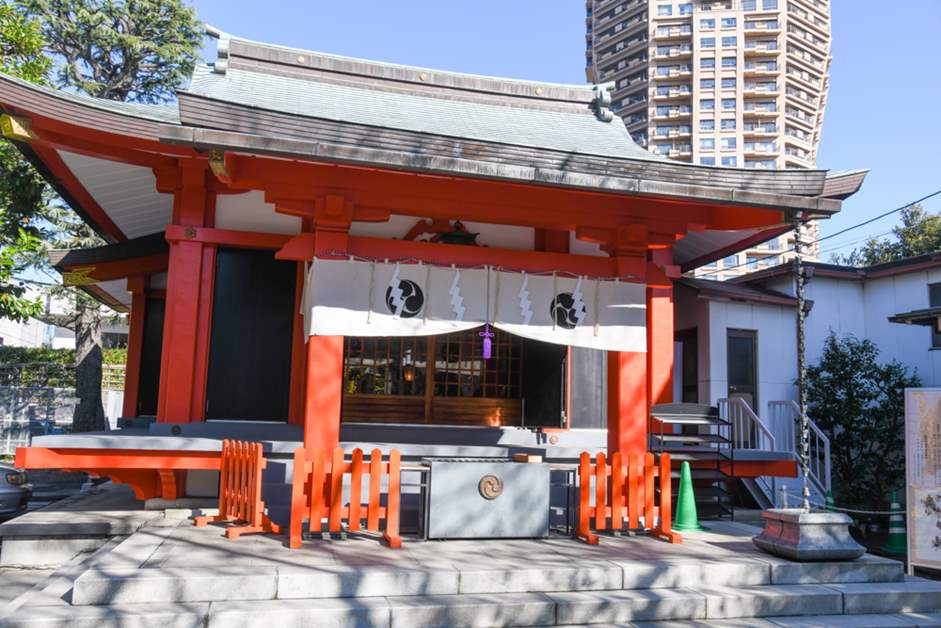

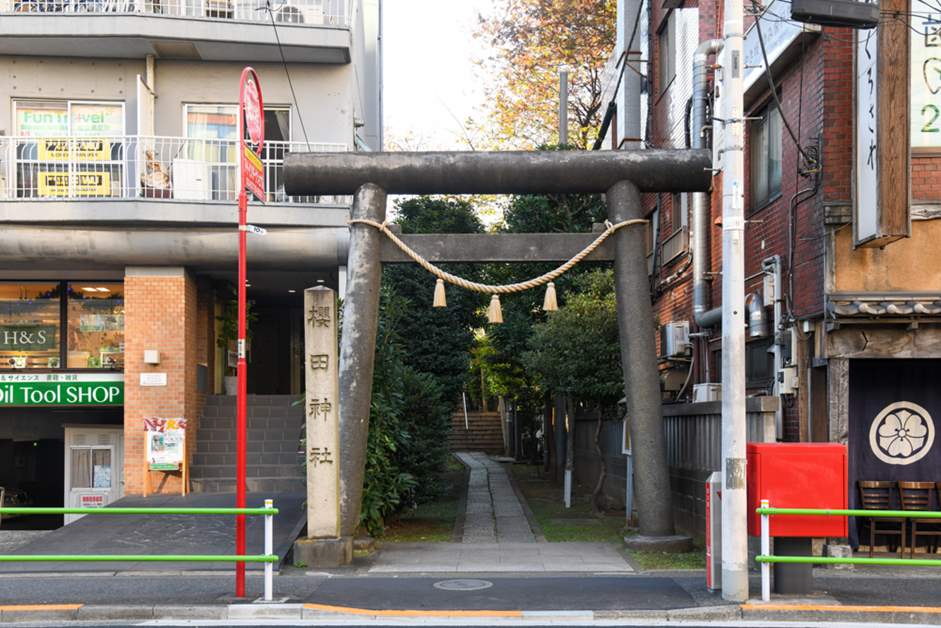
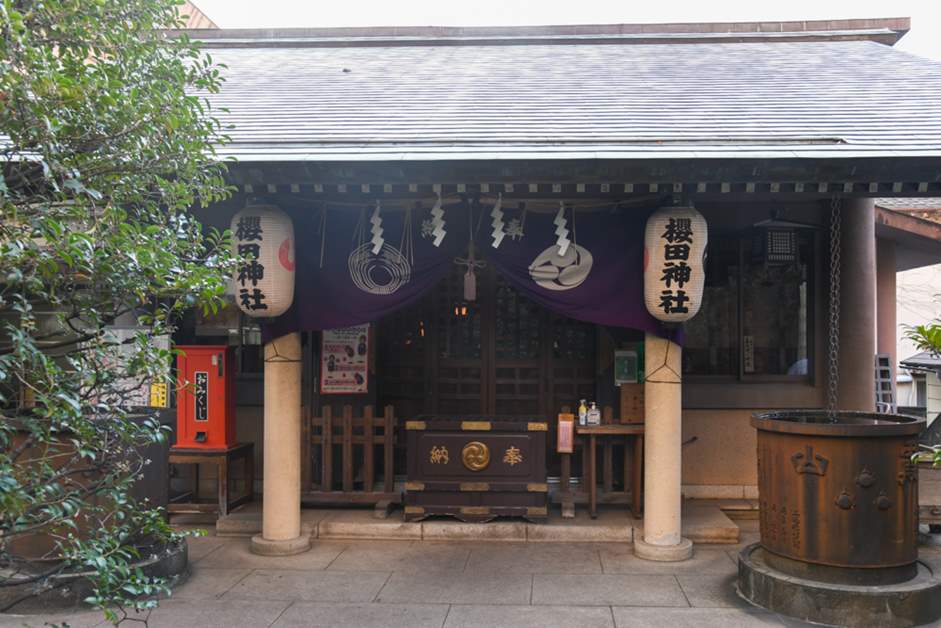
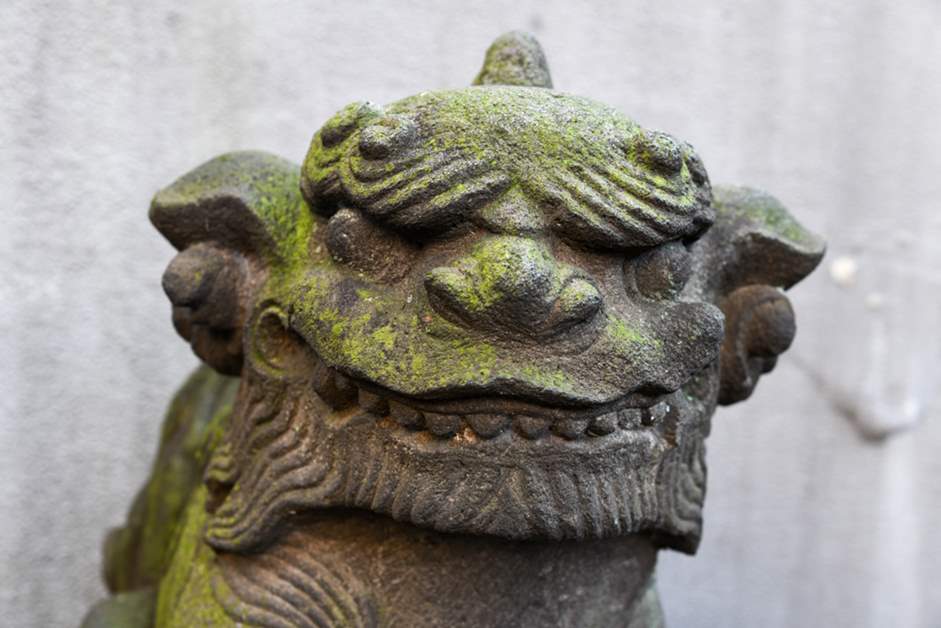
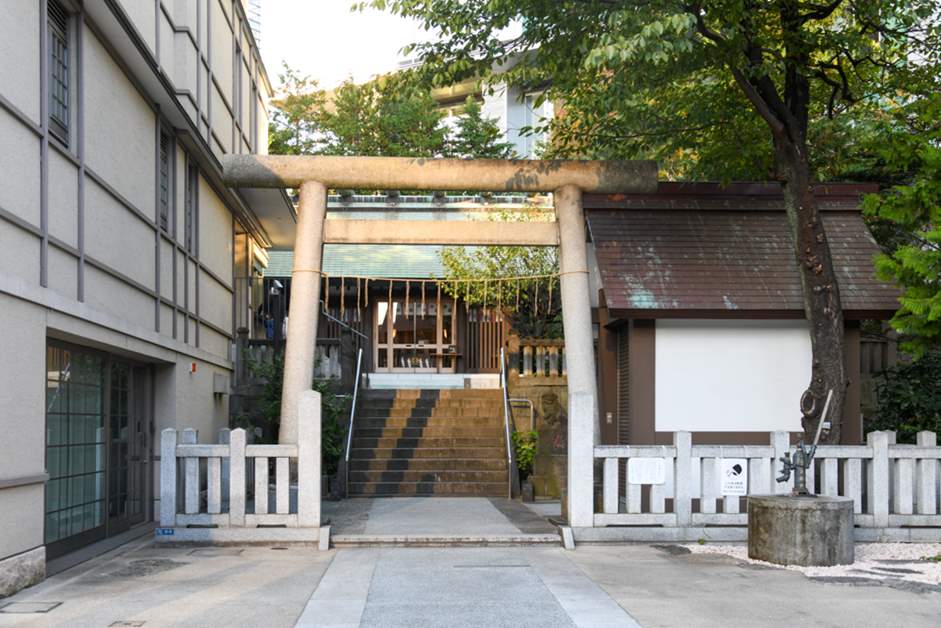
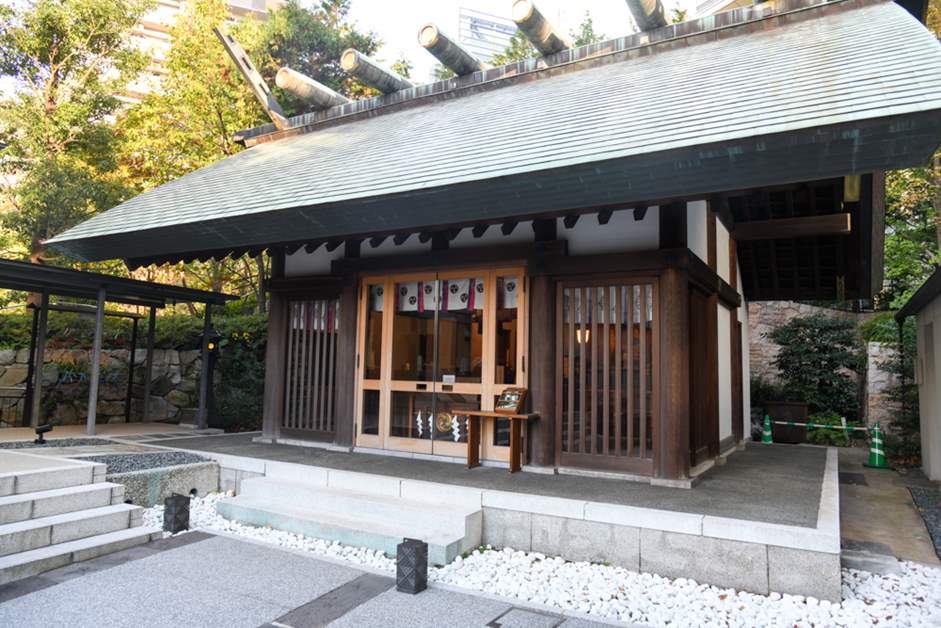
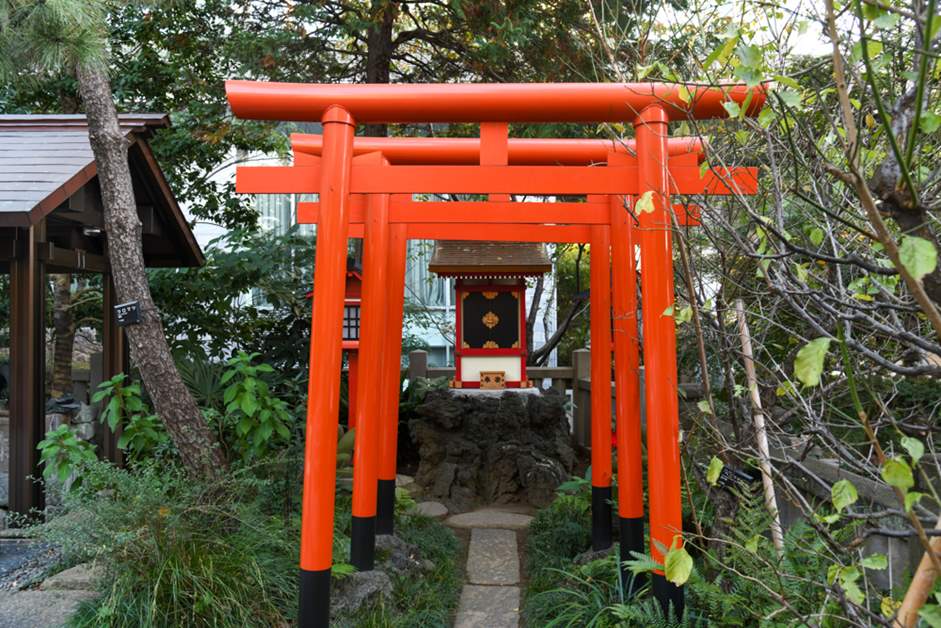

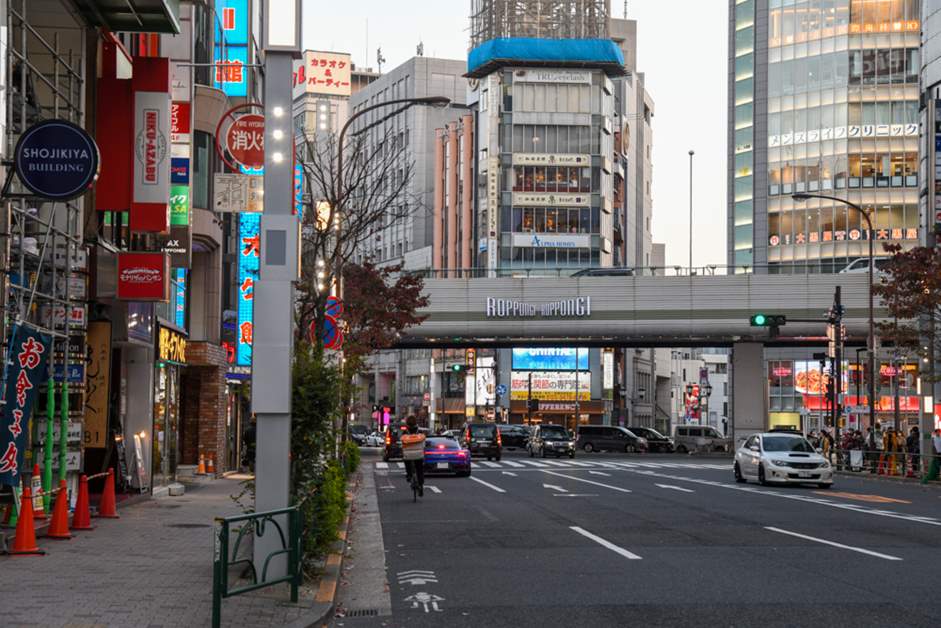
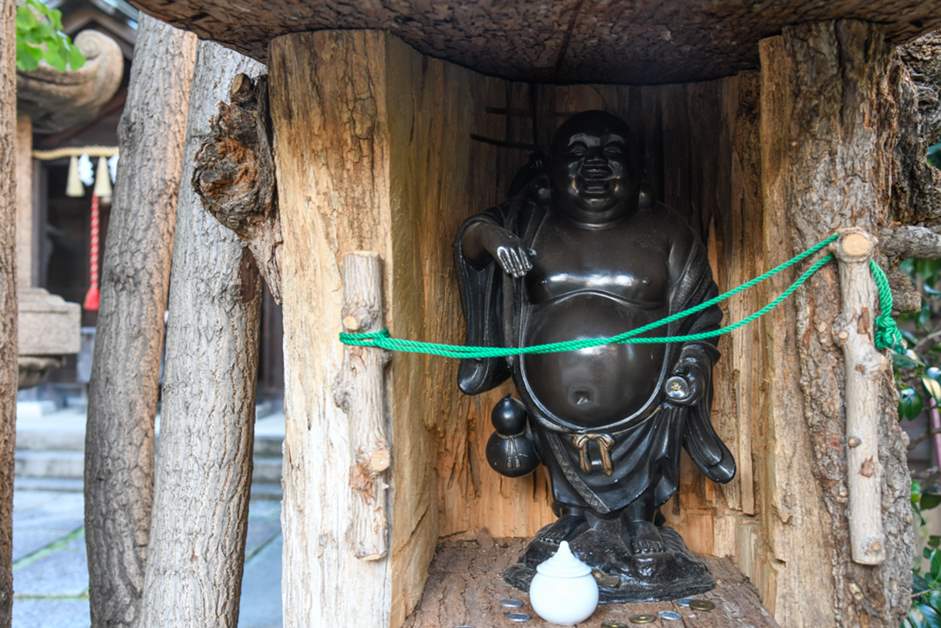
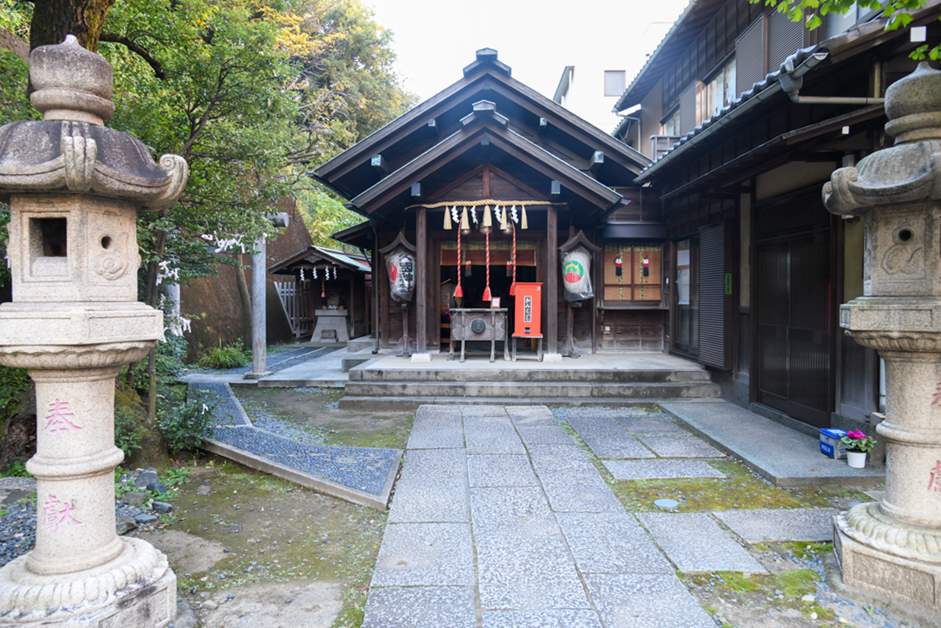
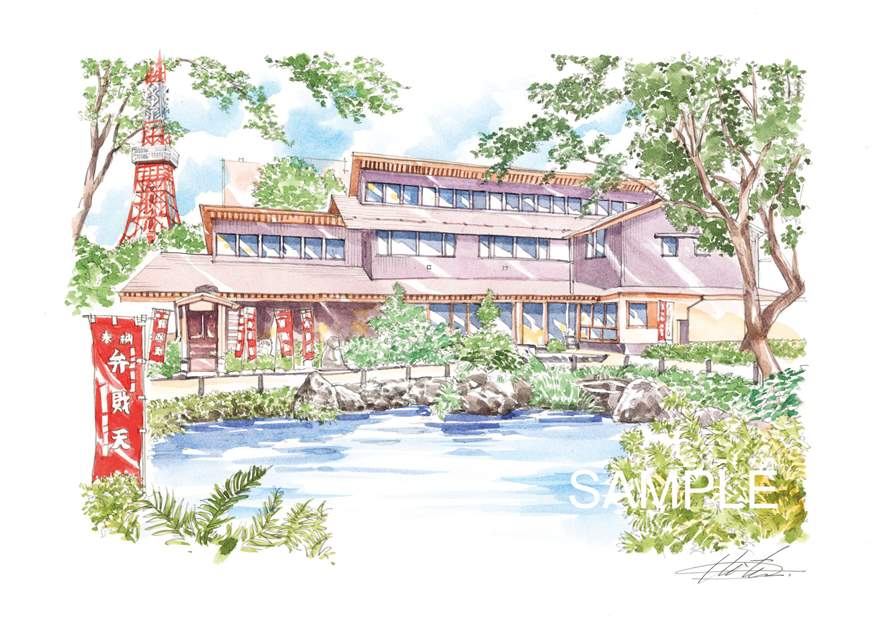
%E5%B7%AE.jpg)
%E5%B7%AE.jpg)
%E5%B7%AE.jpg)
%E5%B7%AE.jpg)
%E5%B7%AE.jpg)
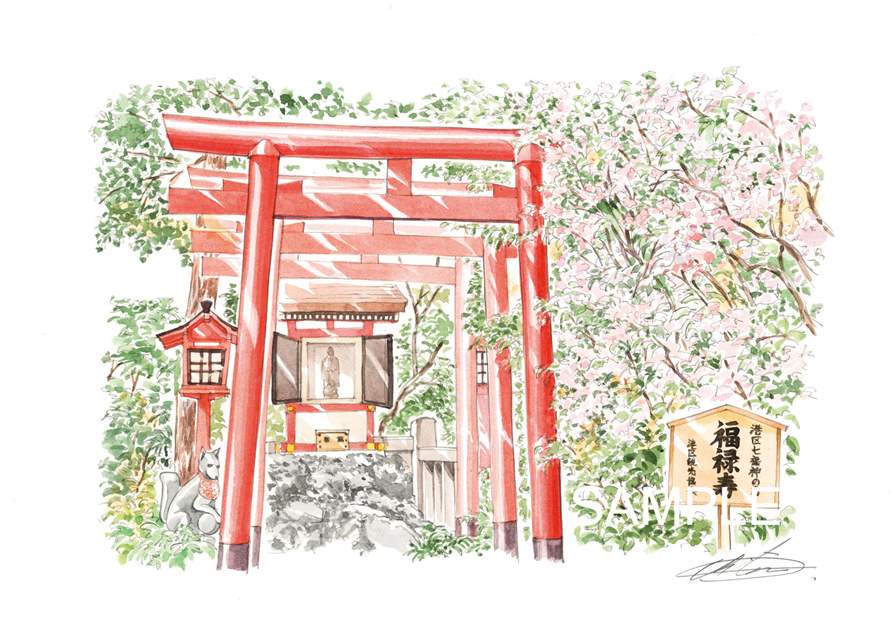
%E5%B7%AE.jpg)
